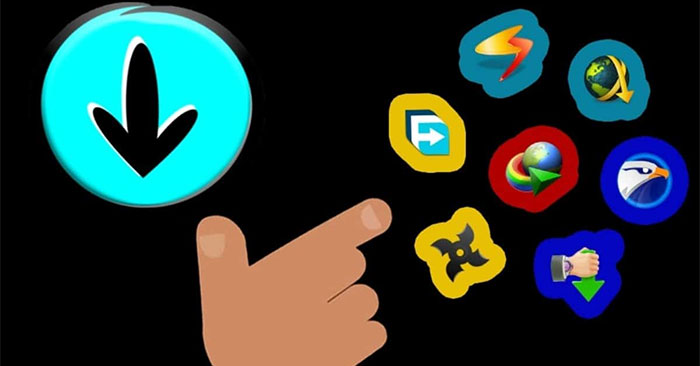Bluetooth technology is officially available in space
Bluetooth was first developed by Ericsson (currently Sony Ericsson and Ericsson Mobile Platforms), then standardized by the Bluetooth Special Interest Group (SIG) and officially announced on May 20, 1999.
To date, Bluetooth has been recognized by more than 1800 companies worldwide, and the importance of this connection standard is undeniable. Bluetooth has been one of the most popular methods for establishing connections between technological devices for decades. But the surprising thing is that until now, Bluetooth has officially played an important role outside of our planet.
Hubble Network, a Seattle-based startup, has just made a technological breakthrough by successfully connecting a standard Bluetooth device to a satellite in orbit. This unprecedented achievement opens up enormous possibilities for the Internet of Things (IoT). Hubble's first satellites, launched into space last March, received signals from Bluetooth chips more than 600km away.
 Bluetooth technology is officially available in space Picture 1
Bluetooth technology is officially available in space Picture 1
This is a quite important development because Bluetooth, although a reliable and highly stable connection method, has a short range, as evidenced by the fact that your Bluetooth headset will disconnect from the phone if The two devices are only a few dozen meters away from each other. So how to turn Bluetooth into a ground-to-atmosphere connection standard?
Currently, Hubble Network's solution aims to use phased array antennas as magnifiers that can pick up low-power, short-range radio waves from the ground. With such an implementation, the operating principle of this technology will be quite similar to the way current high-end smartphone models such as the iPhone 15 are connecting to satellites, but with the standard Bluetooth protocol. rather than specific satellite antennas/hardware.
It remains to be seen whether this groundbreaking invention will lead to a strong and stable connection, but the potential is huge and if successful could open up a range of useful applications including logistics, tracking livestock, smart collars for pets, safety wearables for children, construction monitoring and precision agriculture. Hubble's solution will address long-standing challenges of power consumption, cost and network limitations that have hindered the widespread adoption of Bluetooth-enabled IoT devices.
If this becomes a reality, we may have to wait a long time before we actually see remotely useful implementations. Meanwhile, conventional satellite connectivity will remain the method of choice for smartphones.
You should read it
- Desktop without Bluetooth? This is the solution
- What is Bluetooth 5.0? What benefits does it have for our lives?
- Instructions for using Bluetooth on devices
- Do you know what Bluetooth on TV is for?
- Top 6 USB Bluetooth for the best PC
- The 'Bluetooth 4.2' technology standard was released
- Learn about Bluetooth technology
- How to Use USB Bluetooth
- How to set up and manage Bluetooth devices in Windows
- How to use Bluetooth on the simplest iPhone
- What is Bluetooth 5.3? Bluetooth 5 versions explained
- How secure is Bluetooth?
May be interested

A brand new AI cursor is coming to Windows 11

5 best download managers for Windows

The iPhone actually has AI features, it's just hidden!

Microsoft supports passwordless login on Windows, Android and iOS

Why shouldn't antivirus software be open source?

Can NVIDIA GeForce RTX 4090 crack your password in minutes?






 Learn about Bluetooth technology
Learn about Bluetooth technology Instructions for using Bluetooth on devices
Instructions for using Bluetooth on devices The 'Bluetooth 4.2' technology standard was released
The 'Bluetooth 4.2' technology standard was released How to Use Bluetooth Technology
How to Use Bluetooth Technology Desktop without Bluetooth? This is the solution
Desktop without Bluetooth? This is the solution Bluetooth 6.0 brings new technology that helps Apple improve Find My network
Bluetooth 6.0 brings new technology that helps Apple improve Find My network